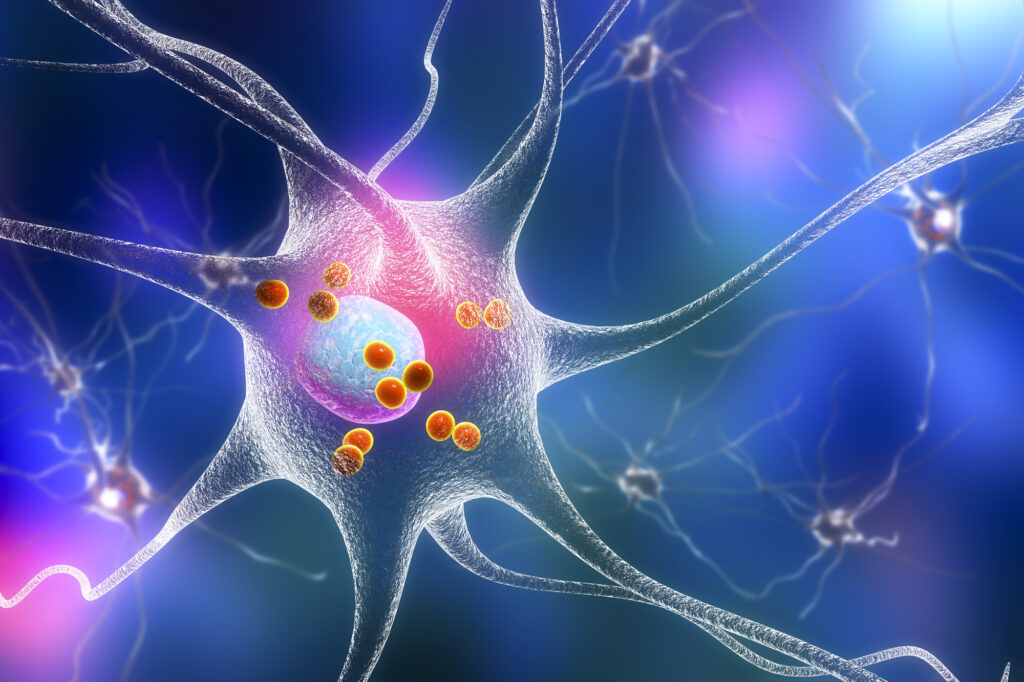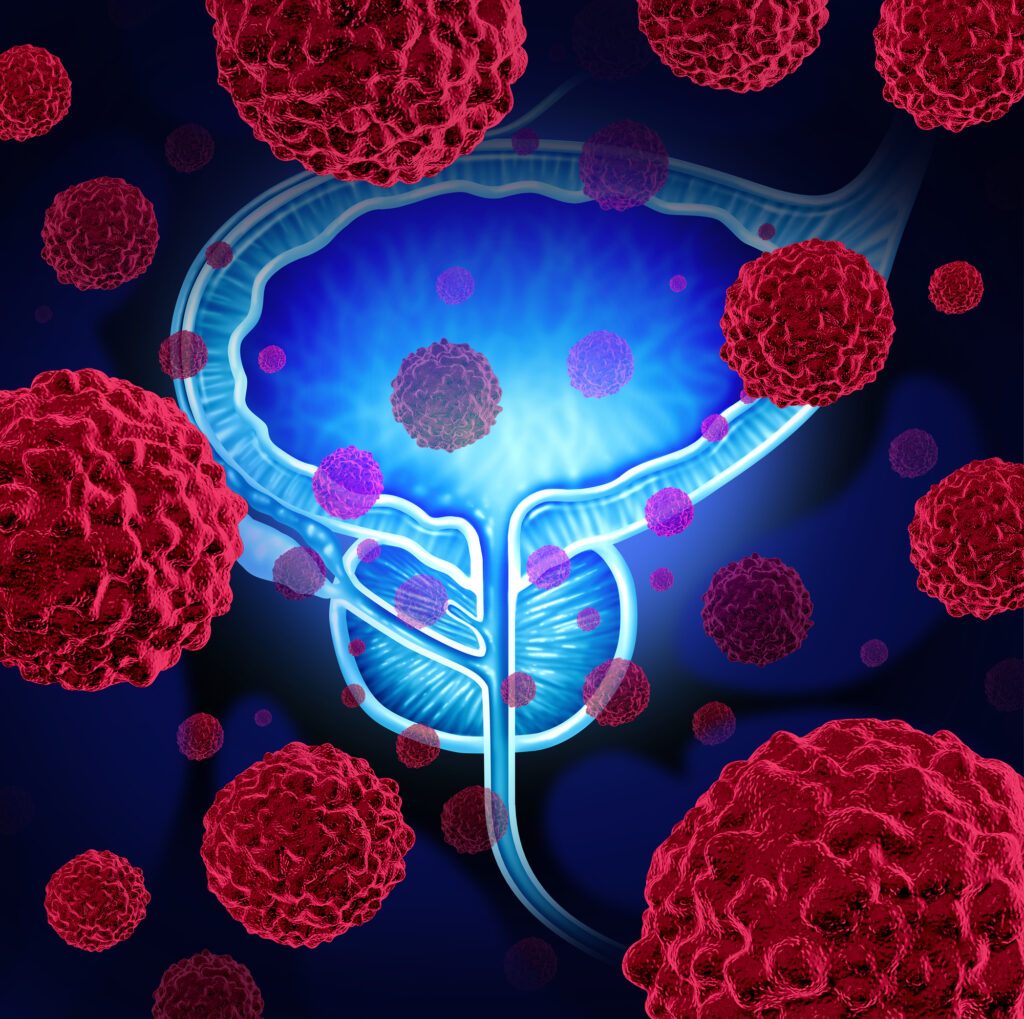 Low acid diets that emphasize alkaline fruits and vegetables have gained attention in the diet of the day world, but critics cited a lack of scientific evidence. The evidence is growing that low acid diets may indeed have significant merit for kidney health. An estimated 26 million people in the United States have chronic kidney disease (CKD), and diet could play a dramatic role in preventing kidney failure and subsequent reliance on dialysis. A new study, in the Journal of the American Society of Nephrology (JASN), shows that among patients with chronic kidney disease, consumption of high acid diets may increase the risk of kidney failure three fold over a low acid diet. The findings suggest that patients may want to limit their intake of meats and increase their consumption of fruits and vegetables to help protect their kidneys.1
Low acid diets that emphasize alkaline fruits and vegetables have gained attention in the diet of the day world, but critics cited a lack of scientific evidence. The evidence is growing that low acid diets may indeed have significant merit for kidney health. An estimated 26 million people in the United States have chronic kidney disease (CKD), and diet could play a dramatic role in preventing kidney failure and subsequent reliance on dialysis. A new study, in the Journal of the American Society of Nephrology (JASN), shows that among patients with chronic kidney disease, consumption of high acid diets may increase the risk of kidney failure three fold over a low acid diet. The findings suggest that patients may want to limit their intake of meats and increase their consumption of fruits and vegetables to help protect their kidneys.1
This study supports earlier similar research showing that a diet with high animal protein intake correlates with higher risk of chronic kidney disease.2 In this more recent study, researchers further confirm that dietary acid load (DAL) is a valid dietary plan for people with higher risk of kidney disease.
Tanushree Banerjee, PhD (UC San Francisco) and her colleagues examined whether acid-inducing diets might play a role. Low acid load diets are rich in fruits and vegetables, while high acid diets contain more meats. The researchers analyzed information on 1486 adults with CKD who were participating in the National Health and Nutrition Examination Survey III (NHANES III). Patients were followed for a median of 14.2 years.
The team found that higher levels of dietary acid load were strongly linked with progression to kidney failure among patients. Patients who consumed high acid diets were 3-times more likely to develop kidney failure than patients who consumed low acid diets. “Patients with chronic kidney disease may want to pay more attention to diet consumption of acid rich foods to reduce progression to kidney failure, in addition to employing recommended guidelines such as taking kidney-sparing medication and avoiding kidney toxins,” said Dr. Banerjee. “The high costs and suboptimal quality of life that dialysis treatments bring may be avoided by adopting a more healthy diet that is rich in fruits and vegetables.”
The researchers examined the association between DAL, quantified by net acid excretion (NAEes), and progression to end-stage renal disease (ESRD) in a nationally representative sample of adults in the United States. After adjusting for demographics, nutritional factors, clinical factors, and kidney function/damage markers and accounting for intervening mortality events, a total of 311 or 20.9% of the participants developed ESRD. These individuals consumed a higher DAL diet than other study participants.
Patients are often confused by the term, low acid diets, and frequently associate it with avoiding acidic foods like citrus. However, a high acid diet is a low alkaline diet. It is about controlling pH levels through diet on a scale of 0 to 14. Alkaline foods are measured based on their end products after digestion and assimilation. Acidic foods range from 0 to 7, and alkaline foods fall on a scale of 7 to 14. In its natural state, the body is ever so slightly alkaline, 7.35 – 7.45.
Overall, the alkaline diet is a healthy diet, namely because it emphasizes fruits and vegetables, and does not support high red meat and processed food consumption. Examples of the most alkalizing foods include: greens, broccoli, artichokes, cauliflower, lemons and limes, asparagus and onions.
As this study alludes, eating meats and animal products tips the balance toward the acidic side of the scale, while eating more fruits and vegetables keeps the body in a balances alkaline state. Ideally, strict followers of this diet report that 80% of the diet should contain alkalizing foods, especially if there is a need to correct the acid-alkaline balance and improve the degree of burden on the kidneys.
References:
- T Banerjee, et al. Dietary acid load and chronic kidney disease among adults in the United States, BMC Nephrology 2014, 15:137.





